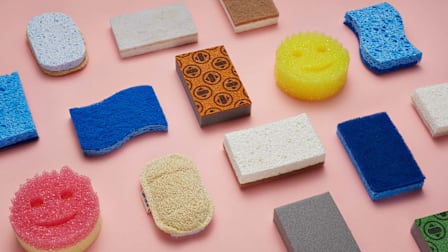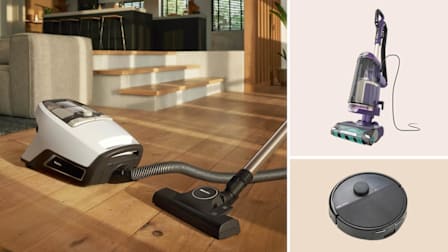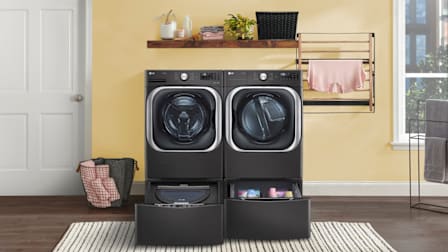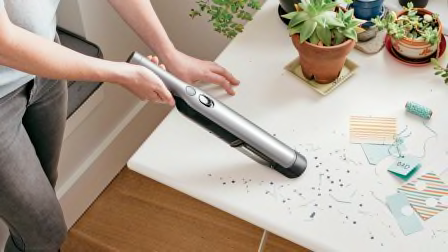We Compared Microfiber Cloths to Swedish Dishcloths in an Epic Cleaning Showdown
We wanted to see if Swedish dishcloths live up to the hype—or if we should stick with our trusty microfiber
When you shop through retailer links on our site, we may earn affiliate commissions. 100% of the fees we collect are used to support our nonprofit mission. Learn more.
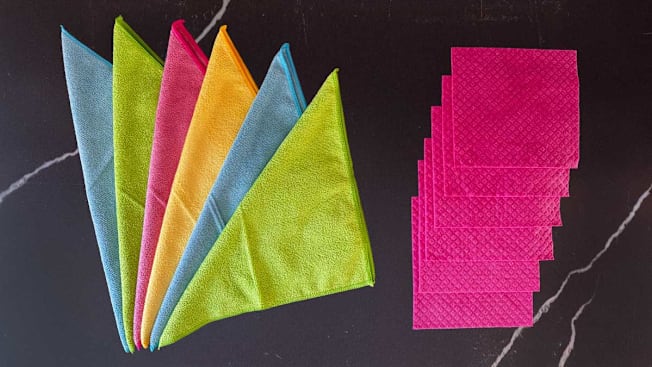
I’ve heard a lot about Swedish dishcloths. As with so many things Scandinavian, there seems to be the underlying assumption that if it’s Swedish (or Norwegian, or Danish, or Finnish), it’s probably better.
Swedish dishcloths are essentially a cross between a paper towel and a sponge. I love paper towels and use copious amounts of them. But I feel guilty that, according to research paper towel use contributes to fossil fuel depletion and climate change and its effects on human health, among other downsides.
- How We Tested and Results: What Are Microfiber Cloths and Swedish Dishcloths, Anyway? How We Tested What We Found

















